The fabled Herculaneum Papyri was a small library that succumbed to the devastation that followed the eruption of Mount Vesuvius in 79 CE.
Over the past few centuries, some of the charred remains have been deciphered, shedding light on the philosophical and religious beliefs of those living in the classic era.
Mount Vesuvius Erupts
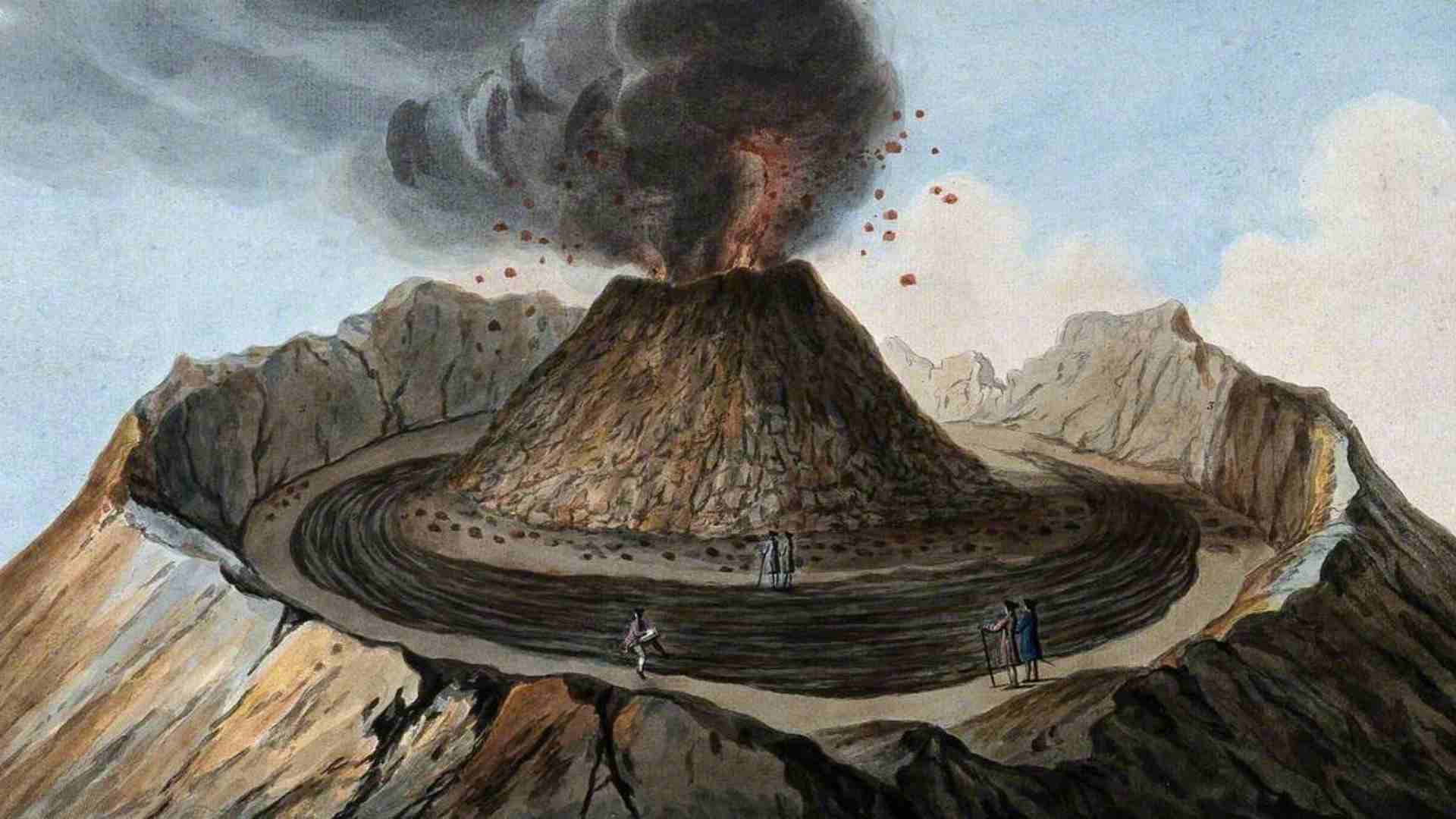
In 79 CE, the unsuspecting victims of the Roman City of Pompeii would fall victim to one of the greatest natural disasters of the era.
A short distance from the city lay Italy’s Mount Vesuvius. The volcano erupted, completely destroying Pompeii and the nearby city of Herculaneum. Both were buried in layers of mud and ash, which helped preserve the ancient cities.
Scrolls Were Once Considered Unreadable

It was one of the great laments from historians throughout the years that many manuscripts from the library were deemed unreadable. They received the name “The Herculaneum Scrolls” by scholars.
The best history lovers could do was store the scrolls away in a better environment, hoping for a breakthrough in technology that would allow them to be read one day.
Brittle Remains

Unlike other preserved texts discovered throughout history, these scrolls brought particular challenges to deciphering them. For one, the burning from the eruption caused the scrolls to carbonize, which caused them to be very fragile.
Reading them proved challenging because the scrolls had to remain closed, otherwise the writing contained within would be truly lost. Despite the interest of scholars in the contents of these scrolls they remained in the same state for more than 2,000 years after the eruption.
Breakthrough in 2023 Allows the First Word to Be Read
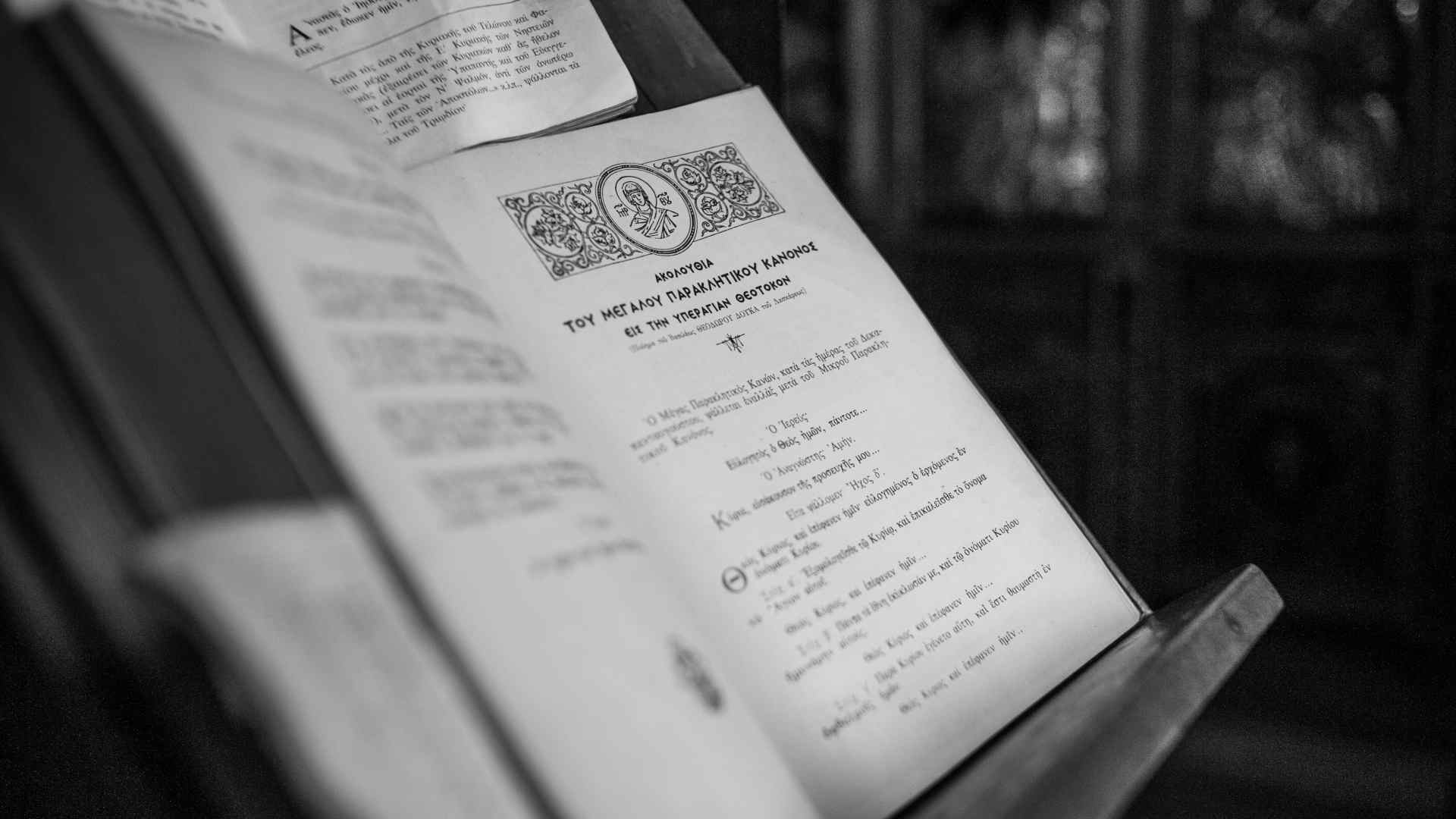
It wasn’t until 2023 that researchers made the first bit of tangible progress in deciphering these lost texts.
A collaboration between the University of Kentucky, EduceLab, the Library of the Institut de France, and members of the Vesuvius Challenge presented evidence on a live stream of the first word translated from the Herculaneum scrolls. It was a monumental moment that was made possible thanks to the technical approach of computer science professor Brent Seales.
The First Word
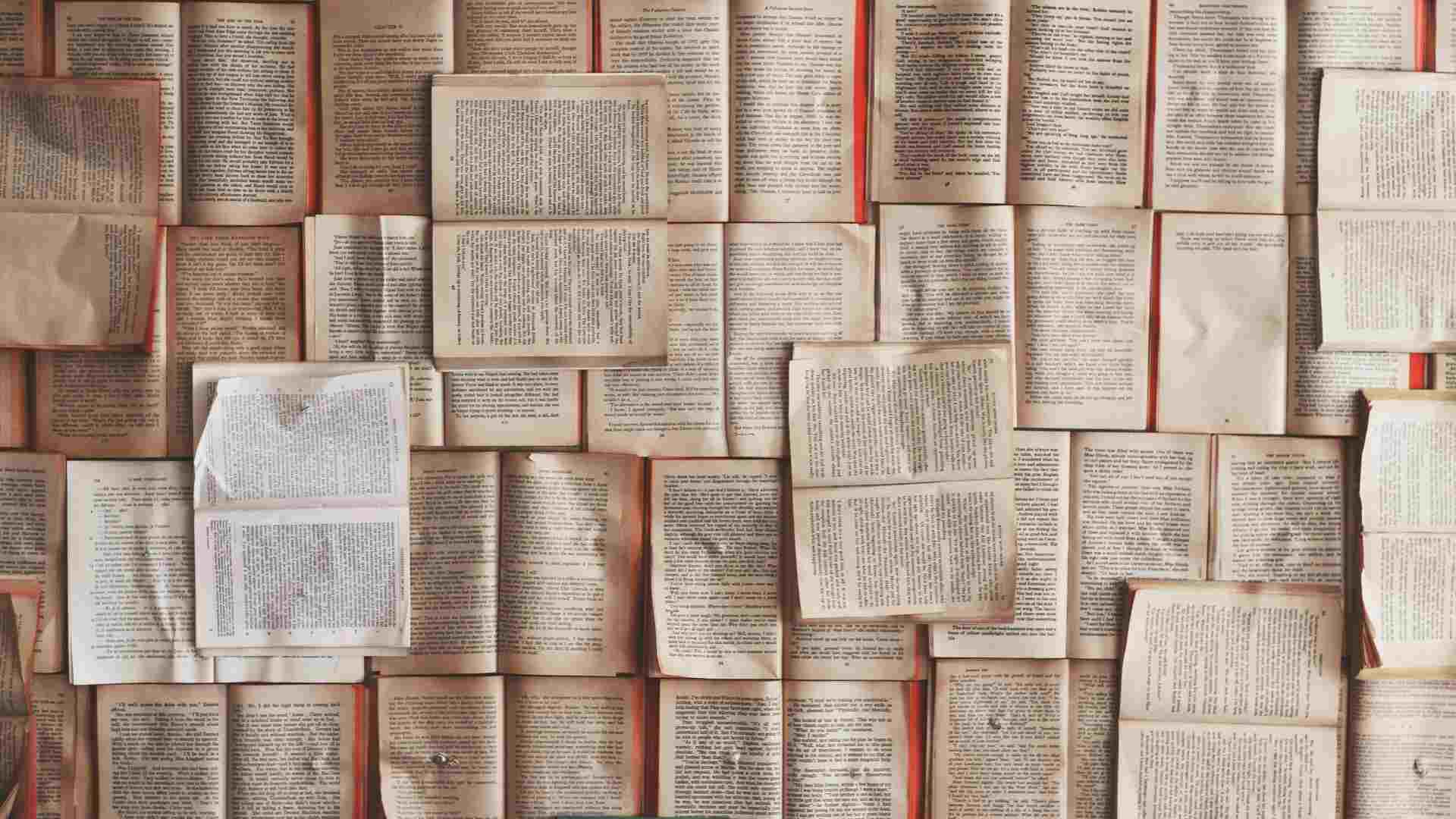
The first word deciphered from the closed scrolls came from a series of Greek characters. The characters “πορφύραc” translate to “purple dye” or “clothes of purple.” These characters were extracted through the efforts of contestants Luke Farritor and Youssef Nader of the Vesuvius Challenge (via UK Now).
While these were among many lines of text and characters that were gained from the public competition, this word was the first to have been confirmed to be successfully read.
Importance of Purple Dye in Ancient Rome
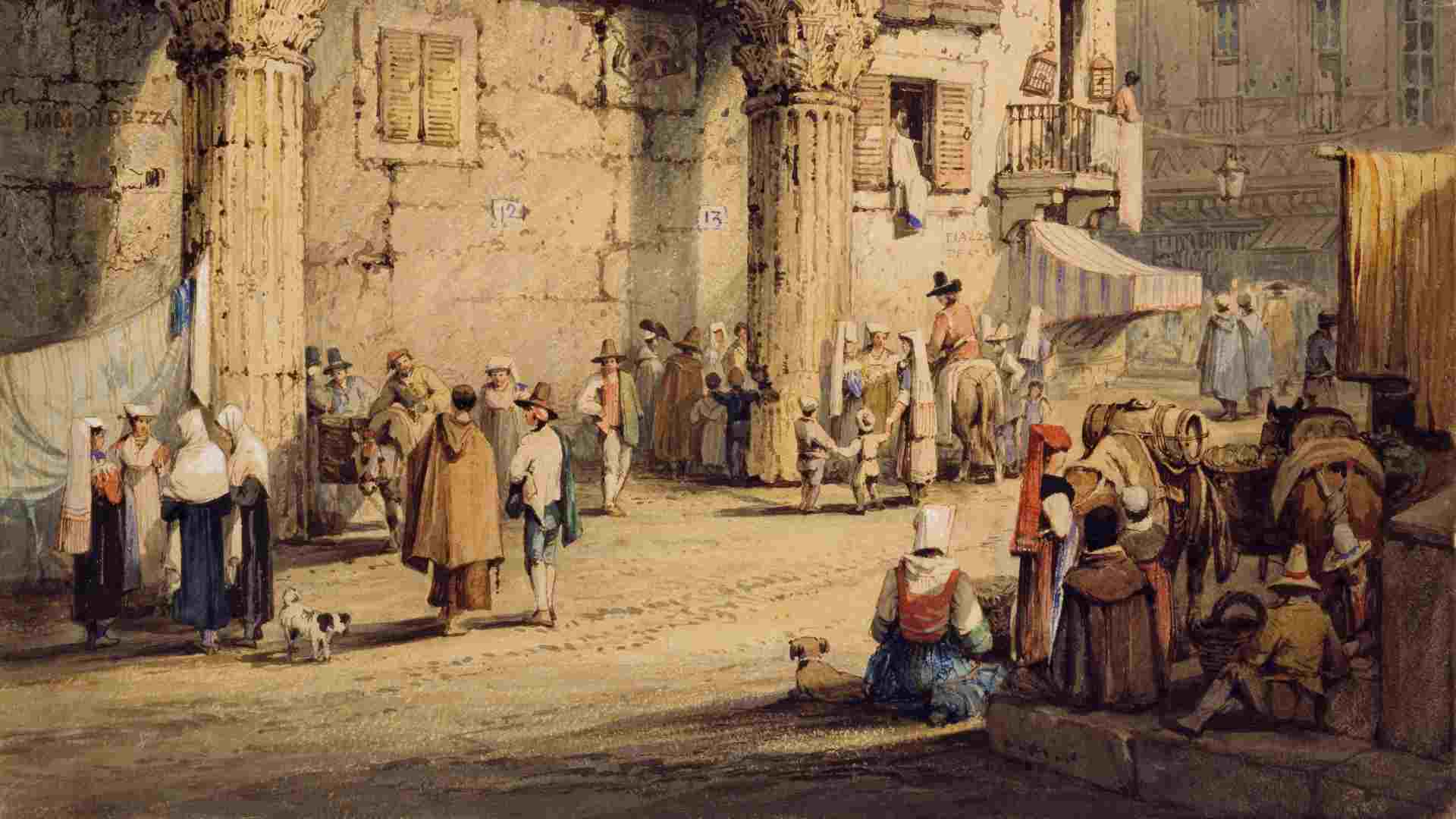
While the color purple may seem unexciting to people in modern times, during ancient times it was a rare and sought-after commodity.
The purple color in ancient Rome was derived from sea snails and was used by those in positions of wealth to signify their authority over others in society. This dye resists fading and was produced by dissolving materials in the dye solution, a process that could take ten days.
What is the Vesuvius Challenge?

The Vesuvius Challenge is a public competition which people at universities participated in to decipher the contents of carbonized scrolls using AI. Since carbon is non-magnetic, these scrolls present a unique challenge for researchers to be able to decipher, which recent advancements in AI technology have allowed for.
The competition was started by the University of Kentucky in 2023 by Brent Seales with the help of funding from investors.
Training an AI Model

One of the goals of the Vesuvius Challenge was to successfully train an AI model to take an input of carbonized ink letters and output a string of discernable letters that experts could attempt to decipher.
Hundreds of contestants joined the challenge with AI models of their own design to undertake the task. Some of the contestants wrote code for more specific tasks that would serve as a stepping stone toward the final product.
The Texts May Contain Many Insights Into Forgotten History
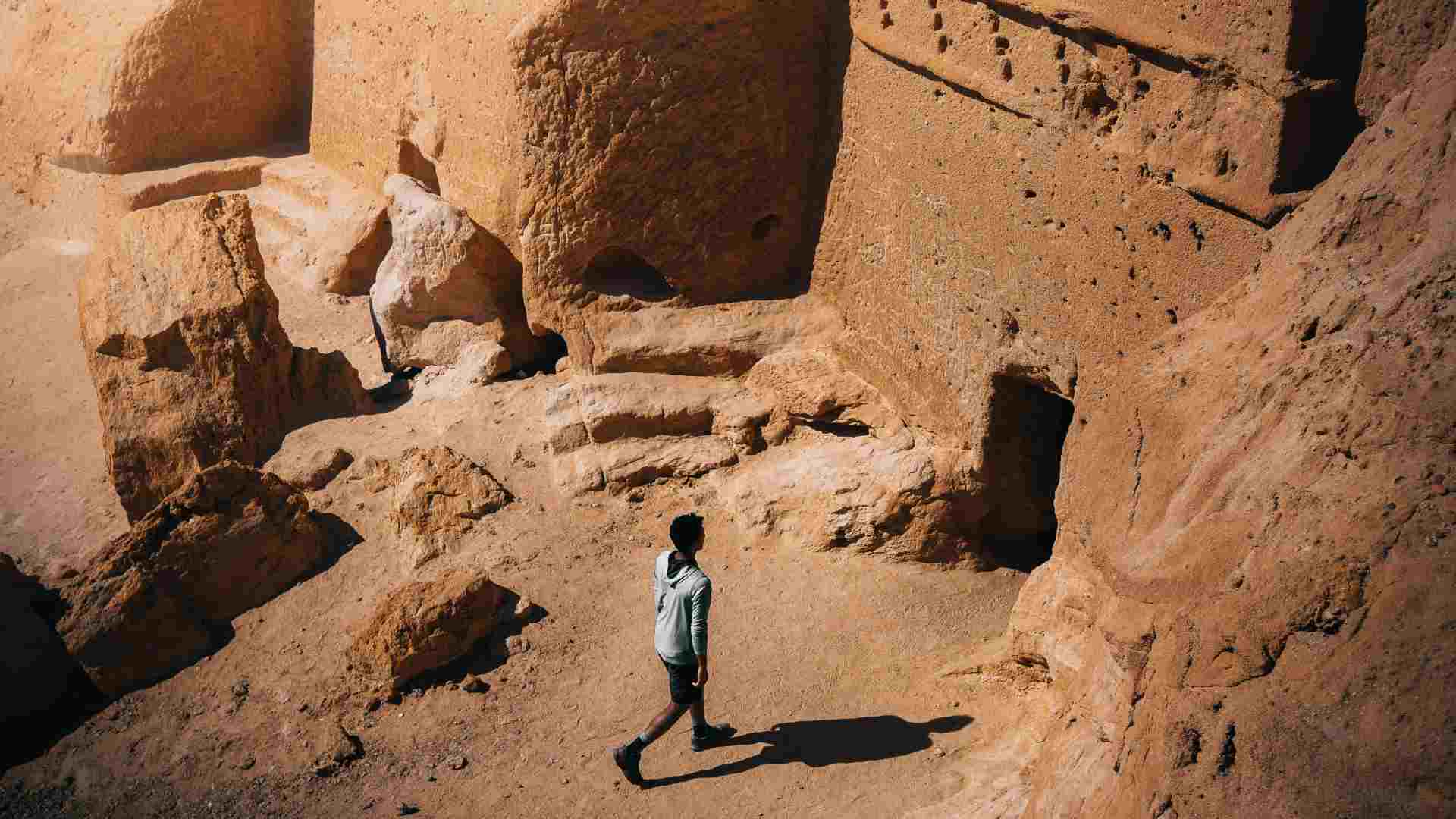
Some scholars speculate that these long-lost texts contain records of some missing portions of history that we don’t have surviving records for. During the the livestream, Brent Seales outlined the importance of the texts.
“These texts were written by human hands at a time when world religions were emergent, the Roman Empire still ruled and many parts of the world were unexplored,” Seales said. “Much of the writing from this period is lost. But today, the Herculaneum scrolls are unlost.”
How to Unwrap a Closed Scroll

One of the technical challenges that needed to be overcome was that the scrolls were closed. Since researchers couldn’t physically unwrap them, they had to settle for the next best thing, digital unwrapping. Luke Farritor one of the contestants who helped extra the characters thanked EduceLab for their previous work to unwrap the scrolls.
“The EduceLab team did a really great job of building a solid foundation for progress, especially for virtually unwrapping the scrolls. I was able to use their prior work, as well as the observations of other contestants, to build a machine learning detector to find these letters,” he said.
Youssef Nader’s Contribution
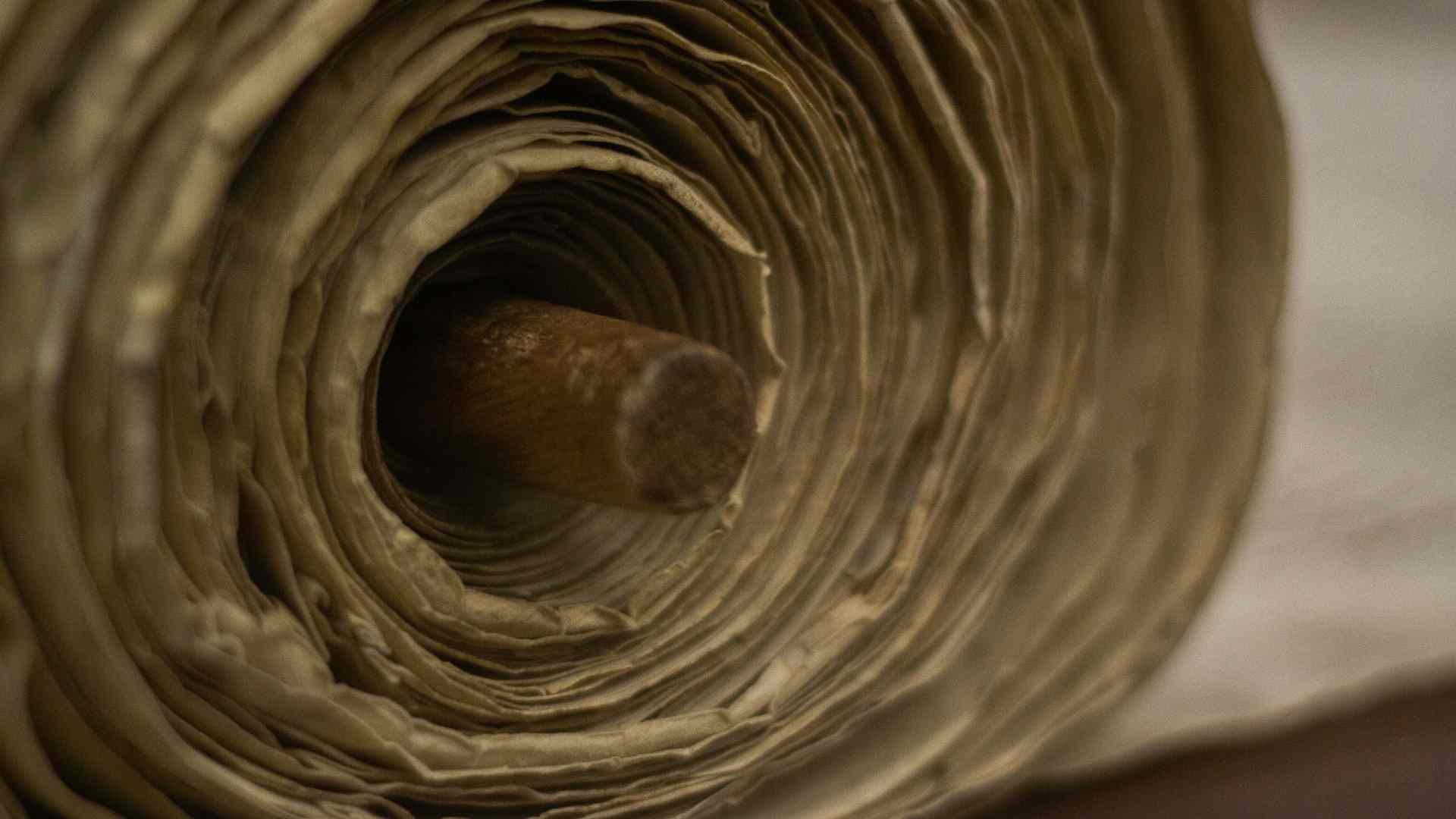
After Farritor built a machine learning detector to identify the letters, a biorobotics student in Berlin named Youssef Nader replicated his results, finding the same word in another part of the scrolls. He reported being elated at the discovery, likening it to him peering through a time machine.
“It was exhilarating — reading text we did not understand, but we knew was left to us by people thousands of years ago. It was like peeking through a time machine into the past,” he said.
Authentication Process
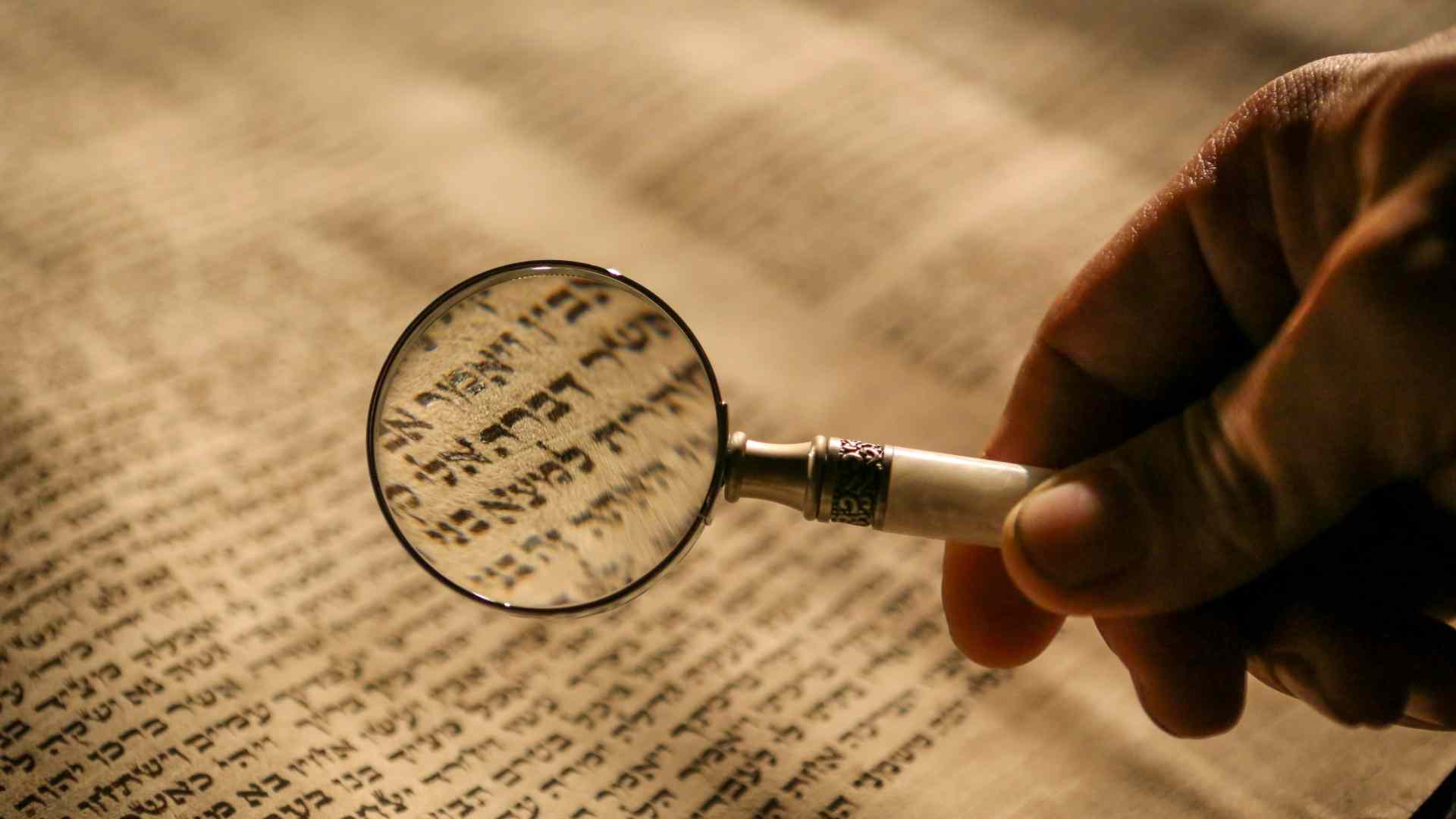
After these reading machines were able to isolate and identify letters with enough clarity, papyrologists were brought in to authenticate the findings.
These scholars are experts at identifying letter shapes and came from the countries that have the scrolls in their possession. England, France, and Italy currently are keepers of over 1,100 of the library’s scrolls.
Frederica Nicolarid’s Comments on the Breakthrough

One of the papyrologists, Frederica Nicolardi came from the Università degli Studi di Napoli Federico II in Naples, Italy. He expressed enthusiasm at the prospect of identifying more from the texts in the future.
“This scroll has remained untouched for centuries — protecting its content in a state that we can imagine as completely free from gaps. The most unique feature of the Library of Herculaneum is that the preserved texts are entirely unknown from other sources. However, I’m confident we will soon be able to read more, understand the topic of the work, identify the scribe if already present in the collection and date the script,” he said.
Charles VIII Searches For Valuable Treasure
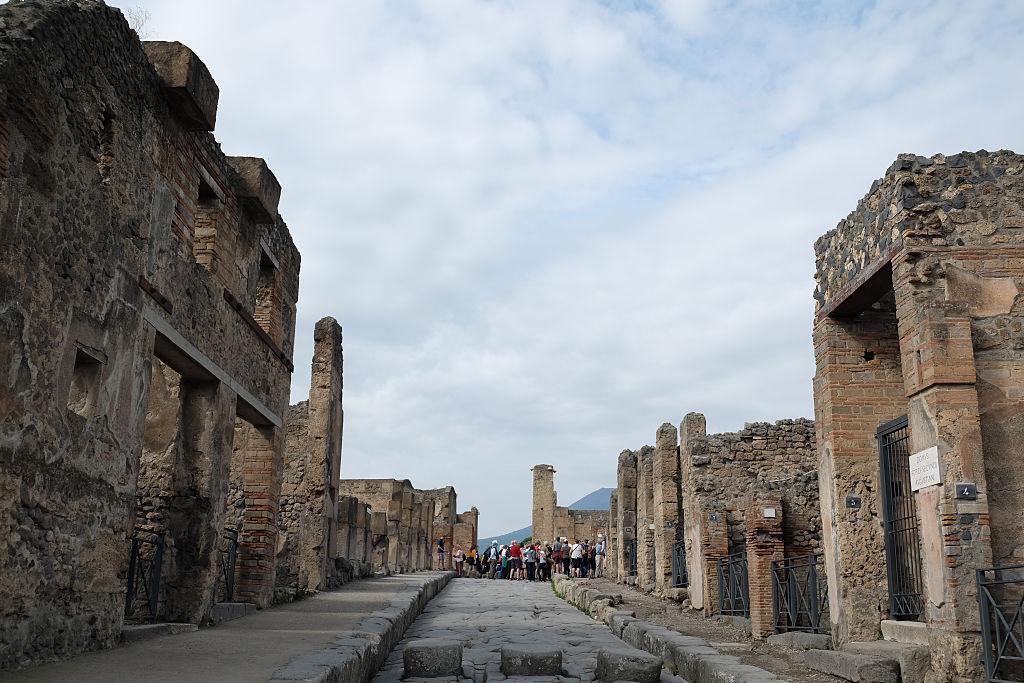
During the 18th century, citizens of the surrounding region had heard tales of the buried cities.
Yet, little was known until Charles VIII of Naples decided to commission an excavation. However, it wasn’t for the love of history. Instead, Charles was looking for valuable items.
The Hunt for Buried Treasure
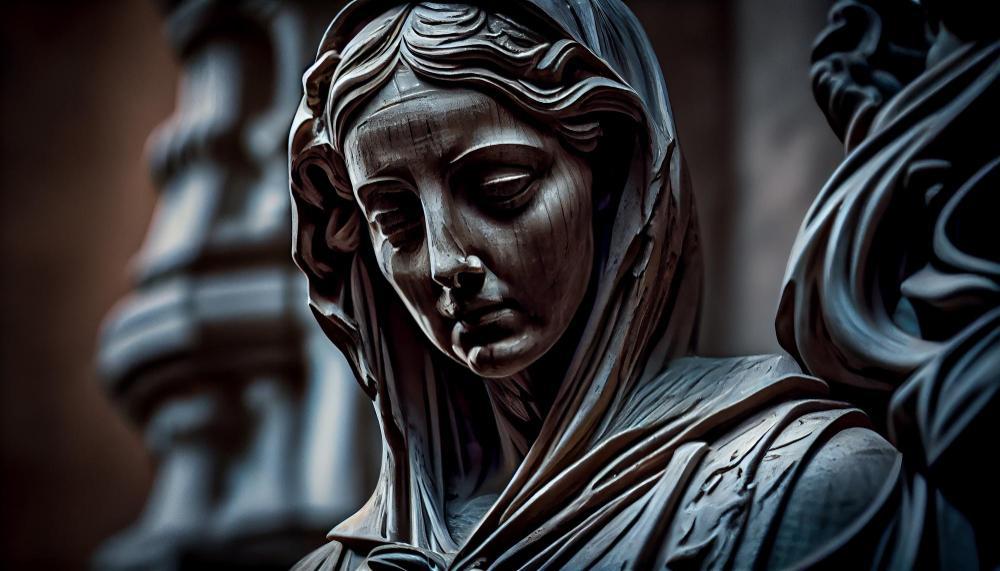
Before the fall of Pompeii, its city was home to some of the wealthiest citizens in the Roman Empire.
Charles’ team discovered the remains of a villa in Herculaneum in 1752. He instructed his workers to search for bronze and marble statues that he could add to his Roman collection.
Discovery of an Ancient Library
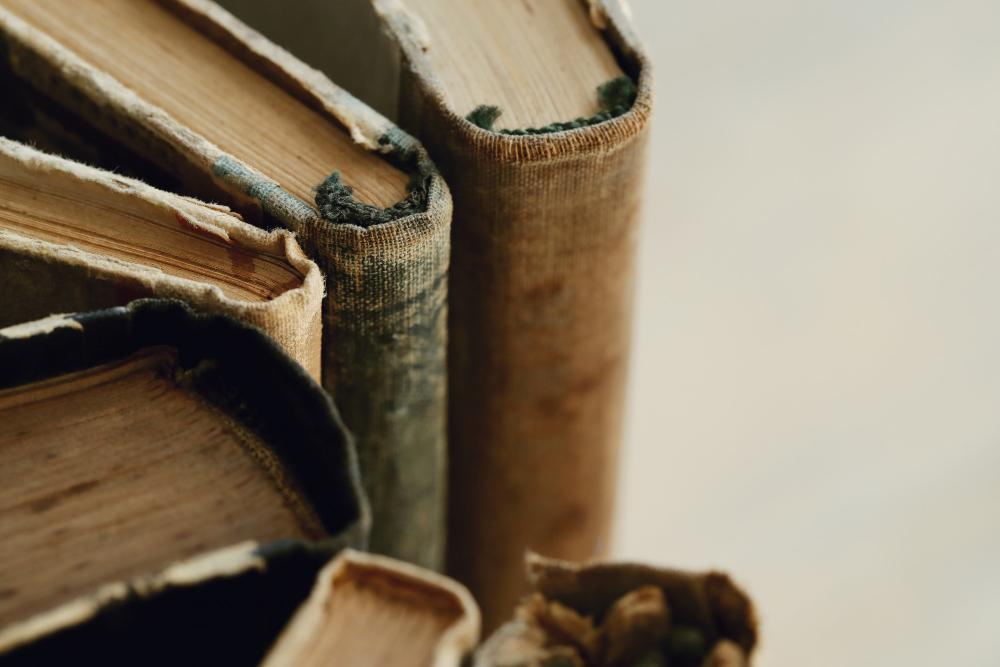
As the king’s workers searched throughout the villa for items of interest, they came across strange blackened lumps that appeared to have been organized side by side.
Eventually, one of the workers realized they were the charred remains of scrolls. The find became known as the library of Herculaneum.
King Charles Tried to Preserve the Scrolls

Europeans of the 18th century had an avid fascination with the ancient Greek and Roman cultures.
When King Charles VIII heard of the find, he immediately ordered his men to carefully remove what they could of the charred scrolls and move them to his personal library.
Reading the Scrolls Proved Difficult
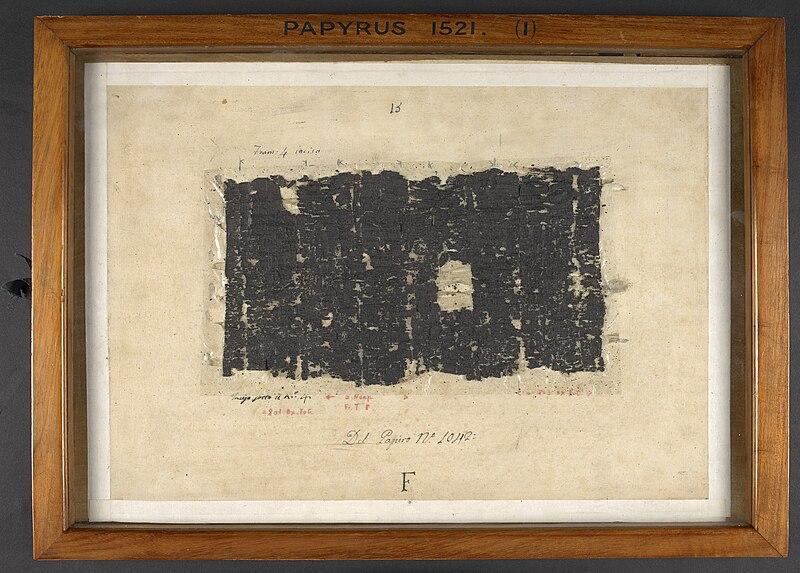
Hoping to obtain knowledge from the ancient period, the king instructed Camilla Paderni, the royal keeper of the king’s museum, to decipher the scrolls. Yet, it was easier said than done.
“It is not a month ago that there have been found many volumes of papirus, but turn’d to a sort of charcoal, so brittle, that, being touched, it falls readily into ashes,” wrote Paderni in a letter of the era (via Mental Floss).
Unusual Trade with the British

Eventually, King Ferdinand IV of Naples decided to trade a portion of the scrolls to the British. In return, he received a giraffe to add to his exotic collection of animals.
When in the hands of the British, they were given to Dr. Friedrich Charles Louis Sickler, who had previously worked on ancient Egyptian papyrus. Yet, he made a horrible mistake by soaking the scrolls in water, which ultimately removed the ink. He ruined seven scrolls and was later fired.
Chemist Is Trusted to Preserve the Scrolls
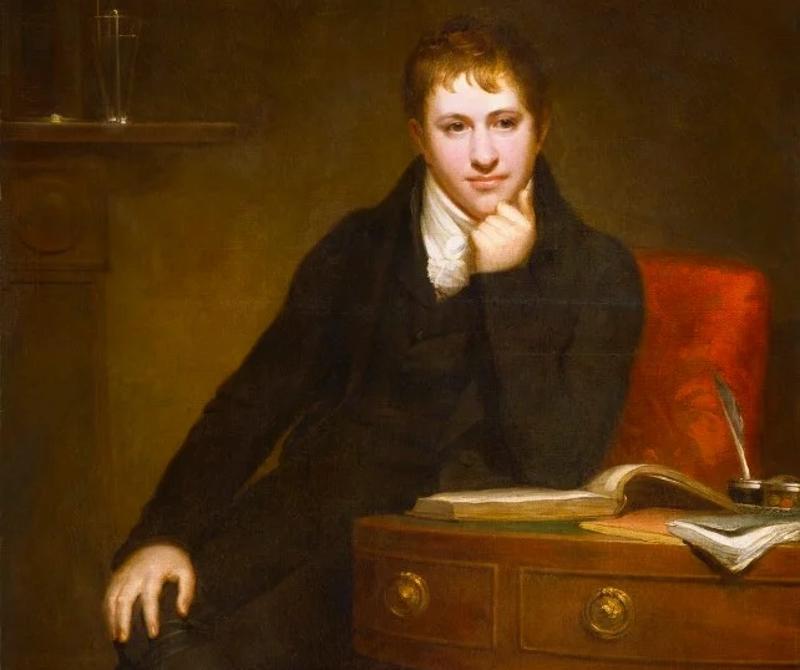
Next up to inspect the remaining scrolls the British had was Sir Humphry Davy, a chemist who decided to preserve the scrolls instead of further destroying them.
Using chemicals, including iodine, acid, and chlorine vapors, he slowly managed to unroll many of the papyrus without damaging them. The various chemicals also enhanced the ink’s readability.
The Work of Philodemus
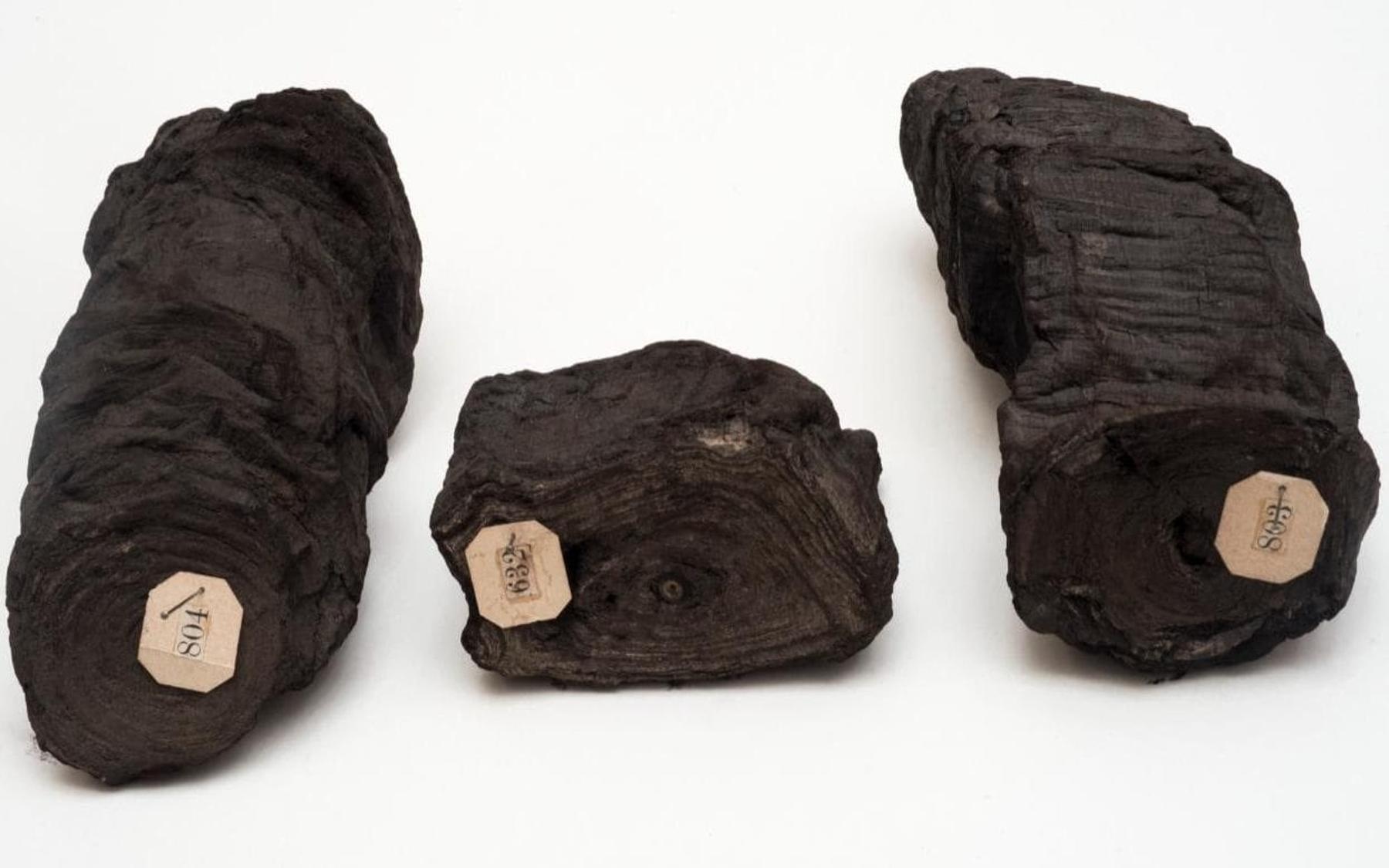
What could be deciphered in the scrolls led scholars to surmise the original author of the writings was a Herculaneum philosopher, Philodemus.
According to the writings, he followed a philosophy based on the work of Epicurus, which postulates individuals should enjoy life and seek out all worldly pleasures.
Enjoy Life, and Don’t Worry Too Much

Philodemus based much of his writings on the work of Epicurus, who lived from 341 to 270 BCE.
“Don’t fear god, Don’t worry about death; What is good is easy to get, What is terrible is easy to endure,” wrote Philodemus in one of the scrolls (via History Enhanced).
Stored in a Safe Environment

In recent years, many of the surviving fragments of Philodmeus’ work have been stored in a safe to ensure they are preserved for later generations.
However, periodic scans are carried out on some of the scrolls, which allows researchers and historians to continue working on the philosophical ideas of Philodemus.


